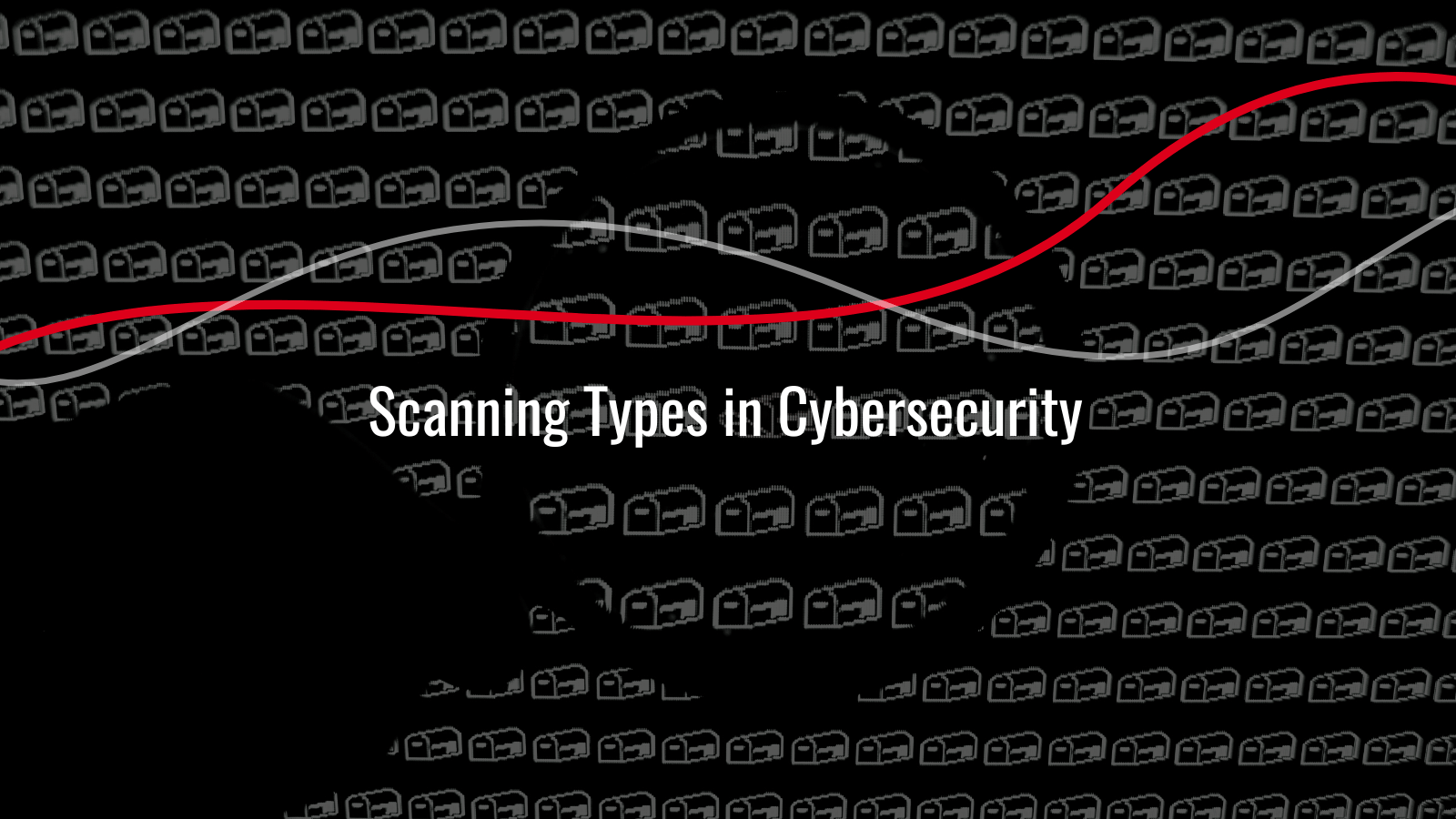Vulnerability Scanning: Definition & Types
Both organizations and cybercriminals use vulnerability scanning to detect potential network vulnerabilities.

The more cybersecurity is innovating and expanding, the more advanced cybercriminals become in their tactics for exploiting network vulnerabilities.
Thus, it becomes critical for cyber security teams to implement efficient scanning techniques to identify and mitigate potential threats.
In this article, we will explore different types of scanning technics and their role in safeguarding the networks.
Scanning is a set of procedures of examining and identifying vulnerabilities in computer systems, networks, and devices.
The main goal of launching a scanning process is to understand the target system and to collect information about open ports, services, and applications running on the system. Based on this information, companies can take timely and effective remediation measures to reduce their exposure to cyber threats.
Cybersecurity professionals use different types of scanning techniques. These scans, each with a specific purpose and methodology, are described below.
Read also: Penetration Testing: Is It Enough for Cybersecurity?
Security scanners reveal vulnerabilities and security weaknesses in computer systems, networks, and devices. Companies should establish procedures to ensure that any scanning effort is identified instantly, and that appropriate action is taken. As a result, it will become exponentially more challenging for cyber criminals to conduct a reconnaissance against a company and exploit it. 